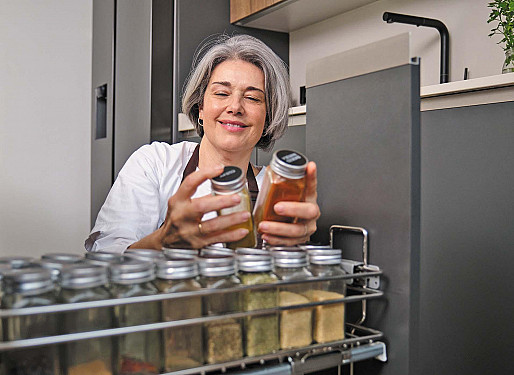Vegetable of the month: Red cabbage

Image: © pjohnson1/Getty Images
Slivers of this vibrantly colored vegetable, also known as purple cabbage, are sometimes added to cabbage salads and coleslaw. But why not add red cabbage to any salad — or even make it the star ingredient?
Red cabbage contains substances called anthocyanins, which are responsible for the red-orange to blue-violet colors found in many fruits and vegetables. Population-based studies have linked a higher intake of anthocyanins and other so-called phytochemicals to a lower risk of cardiovascular disease.
Nutritional info: All varieties of cabbage (red, green, or the paler Savoy cabbage) are high in vitamin C and low in calories. A half-cup contains about 45% of the daily recommended amount of vitamin C, but just 14 calories. Cabbage is also a good source of fiber and other vitamins and minerals, especially vitamin A and potassium.
Easy recipe: Finely chop or shred half a head of red cabbage. Toss with a little olive oil, apple cider vinegar, and a pinch of salt and pepper, or your favorite salad dressing. For an extra burst of color, add some shredded carrots.
Disclaimer:
As a service to our readers, Harvard Health Publishing provides access to our library of archived content. Please note the date of last review or update on all articles.
No content on this site, regardless of date, should ever be used as a substitute for direct medical advice from your doctor or other qualified clinician.















